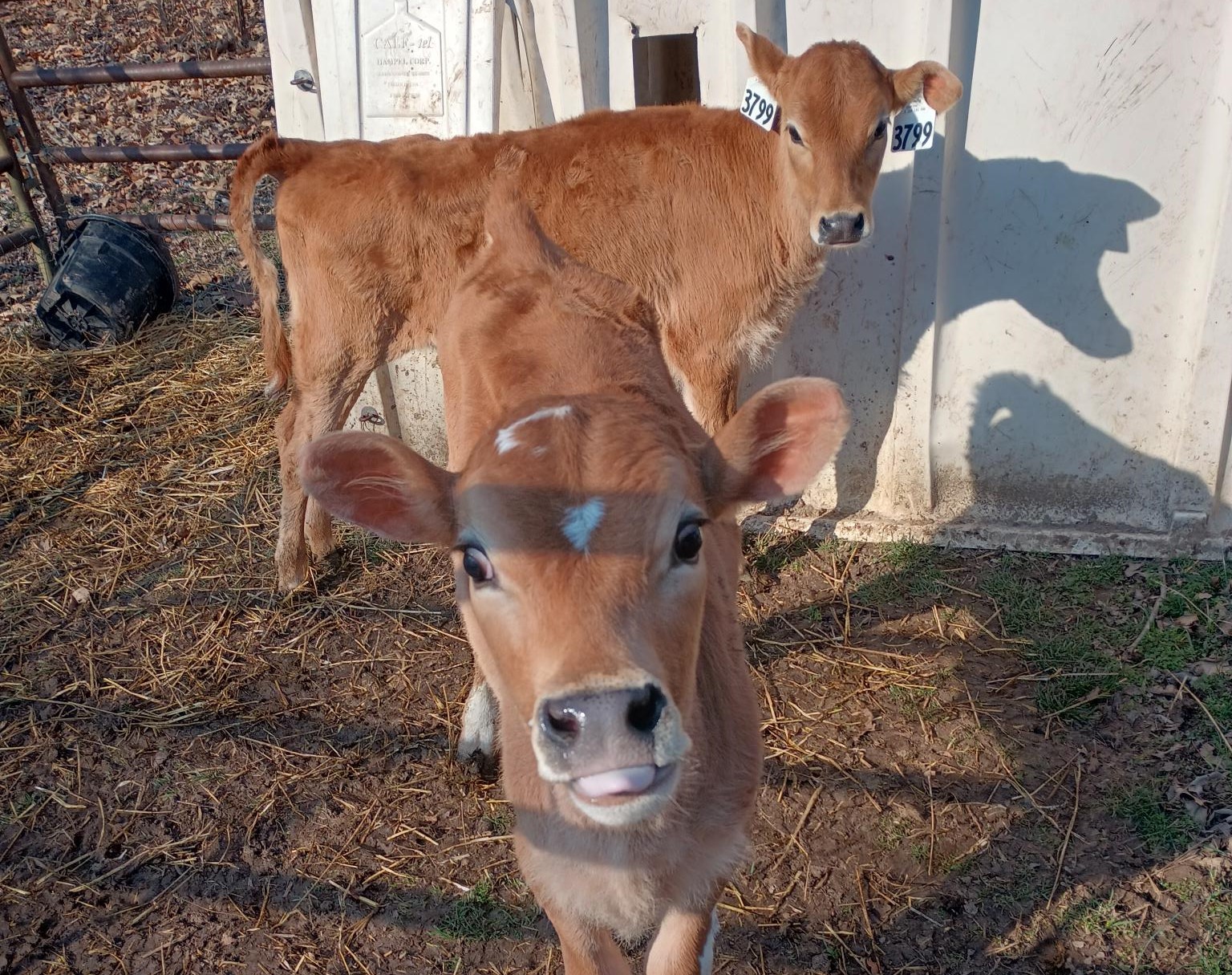Paired housing of dairy calves could be ‘logical next step’ of FARM program

SPRINGFIELD, Mo. — While explaining new requirements in the National Dairy FARM 5.0 program, a University of Missouri Extension specialist told dairy producers to be aware of what may be coming in 2027.
At the Missouri Dairy Expo last month in Springfield, Scott Poock said FARM 6.0 will probably require some form of group housing for dairy calves, most likely paired housing.
In a press release, Poock, an MU Extension dairy specialist and veterinarian, said, “Housing calves in pairs does require a little more management, but the calves do socialize better and learn quicker when together. I understand the reluctance of dairy producers to do that because of the success of single housing.”
With increased housing comes more expense, and with paired housing come disease concerns.
“Calves still have to be observed and equipment washed, regardless,” said Poock. “And calves should be fed to their full potential. One management trick that helps paired/group calves avoid nursing each other is when a bottle is left in the pen even after they have finished the milk.”
Paired housing, he said, is animal welfare-driven and a logical next step. “I’m almost sure it will be recommended in 2027, at least, if not required in FARM 7.0 by 2030.”
The FARM (Farmers Assuring Responsible Management) program was launched in 2009 by the National Milk Producers Federation in partnership with Dairy Management, Inc., to help “ensure the success of the entire dairy industry by demonstrating U.S. dairy farmers are committed to producing high quality, safe milk with integrity.”
FARM 5.0 new requirements:
- Farms must prove they provide proper colostrum management through a colostrometer or refractometer, volume and timing of colostrum administration, verification of pass transfer of blood test samples (total protein), or records of death and/or disease before weaning.
- Dairy producers must use one of two methods for dehorning/disbudding: cautery or paste.
- Pain mitigation for dehorning/disbudding must be used, such as local (lidocaine) or oral (meloxicam), which requires working with a veterinarian.
- Dairy farms must maintain a 95% or better score of 1 and 2 for locomotion, while more than 85% must score a 1 on locomotion.
- A veterinarian or someone trained by a vet must verify death upon euthanasia.
- Continuing education must be updated within nine months after a second-party audit.
Poock said FARM 5.0 runs July 1, 2024, through June 30, 2027. FARM is updated every three years. Learn more about FARM at www.nationaldairyfarm.com.
Miss Clipping Out Stories to Save for Later?
Click the Purchase Story button below to order a print of this story. We will print it for you on matte photo paper to keep forever.

